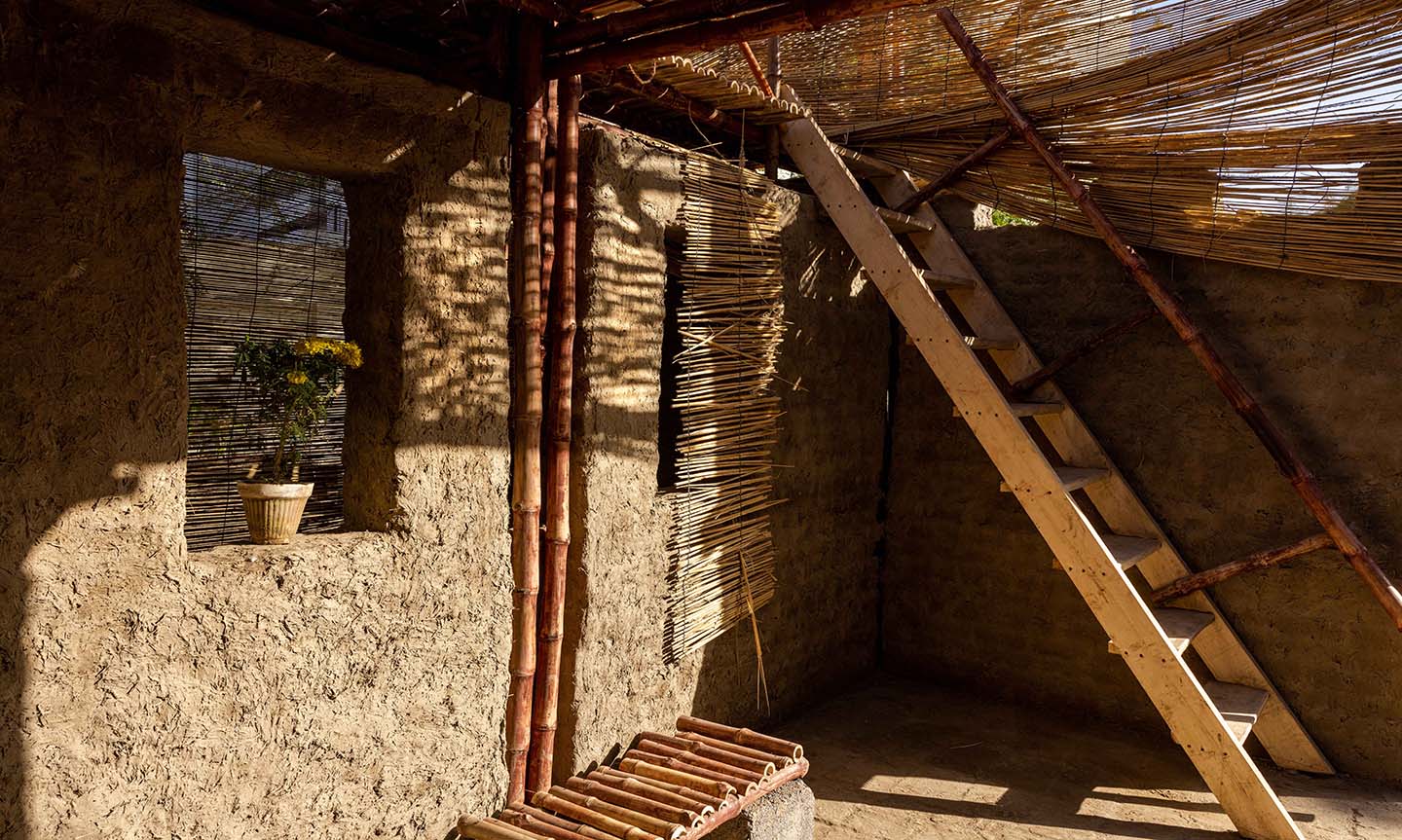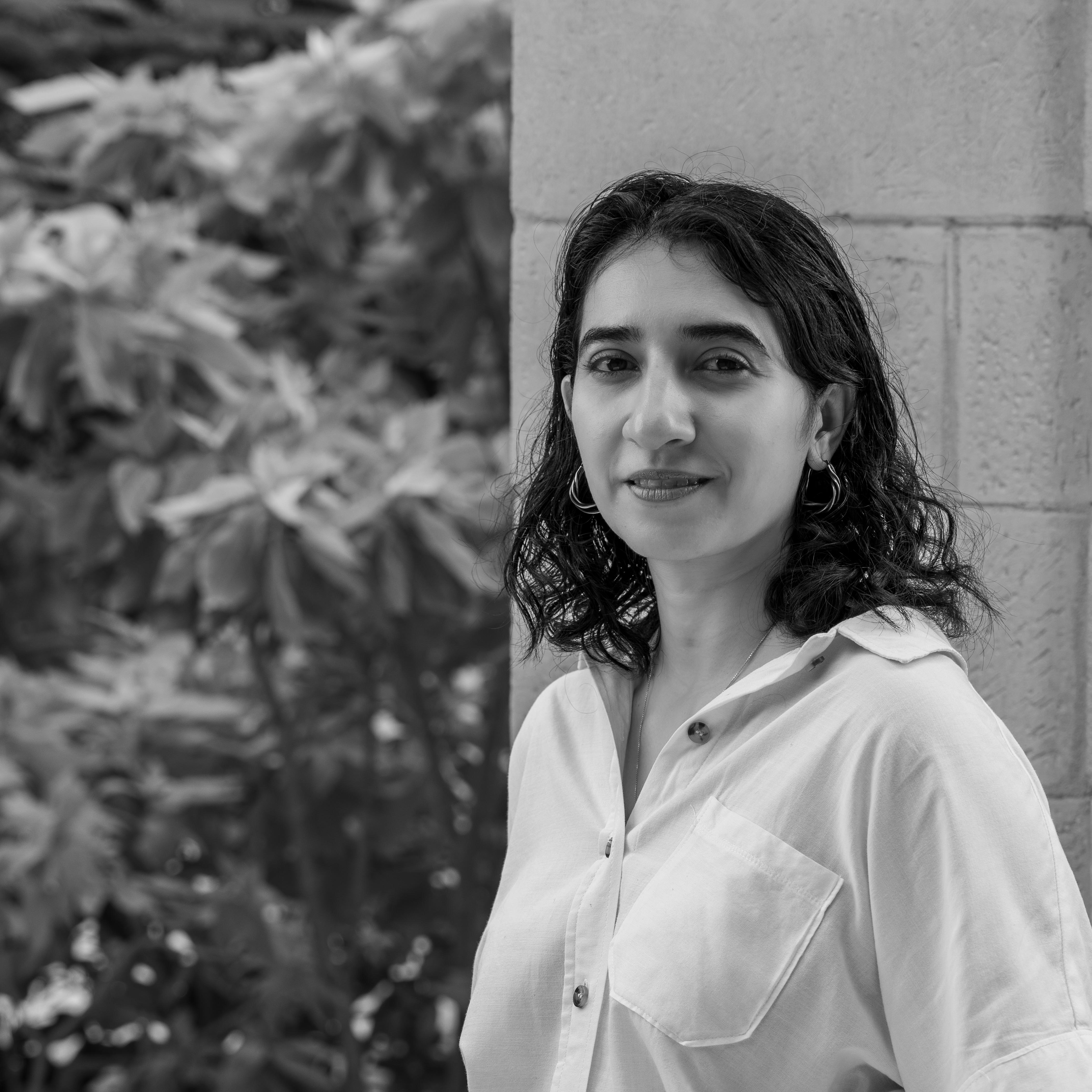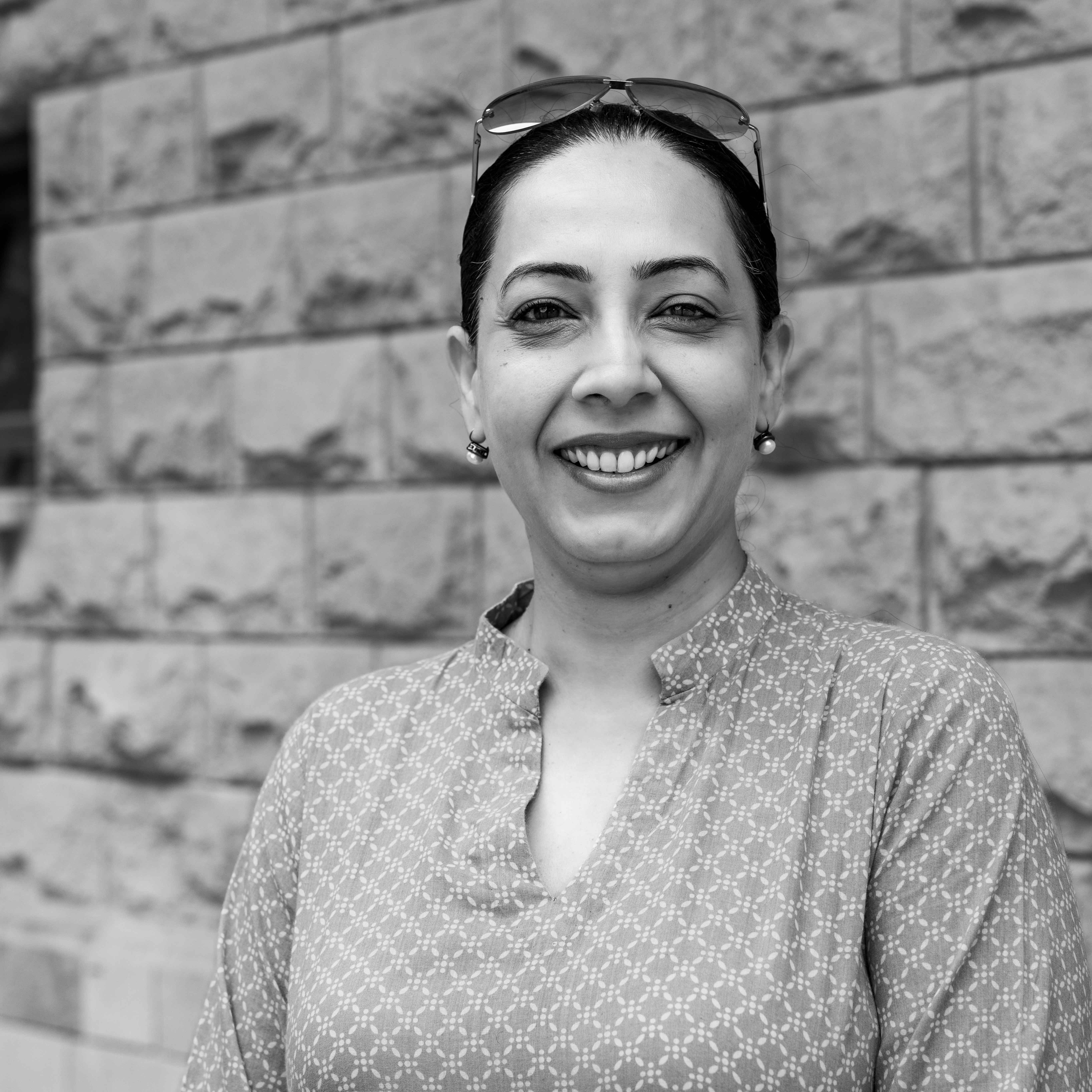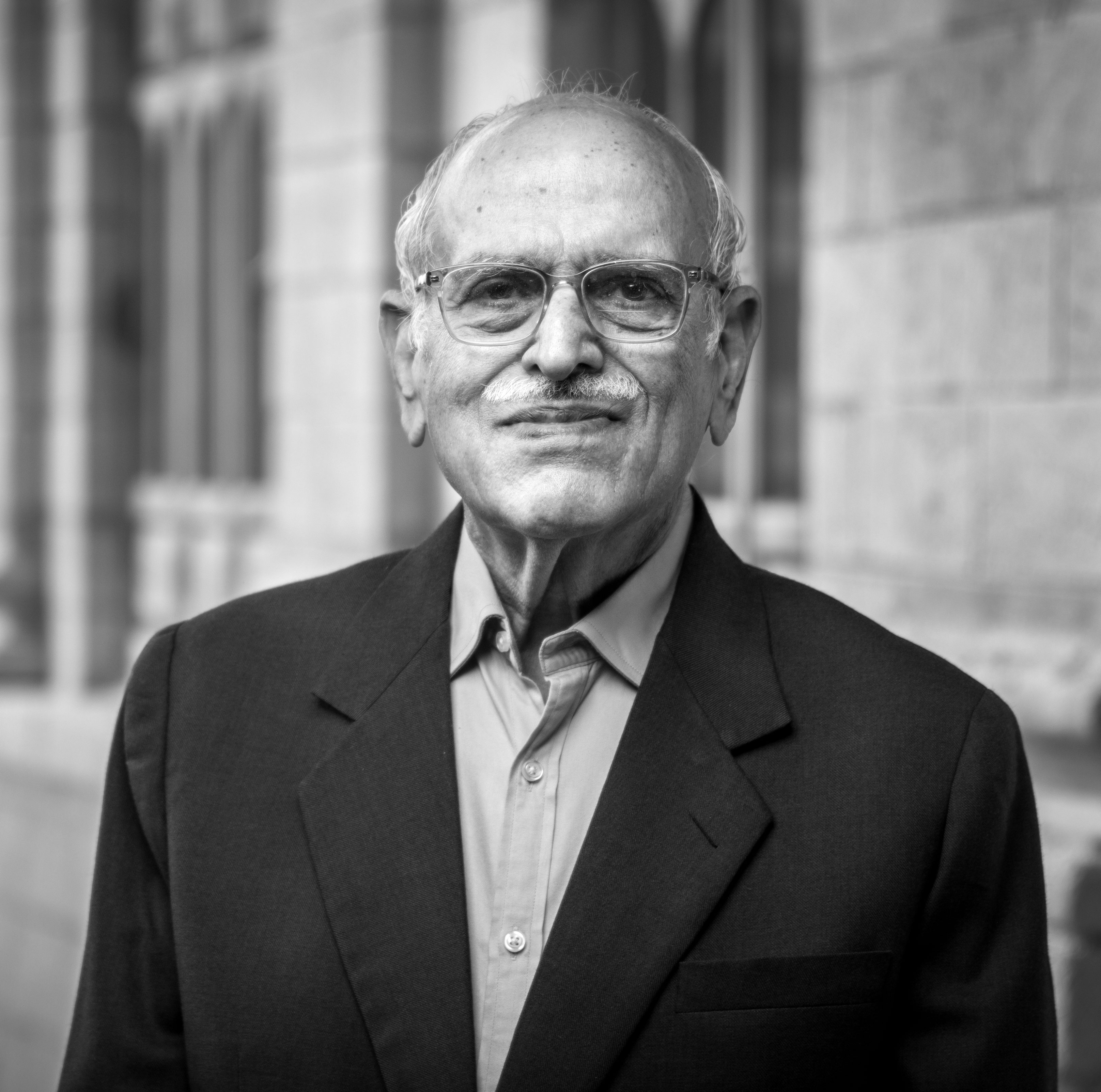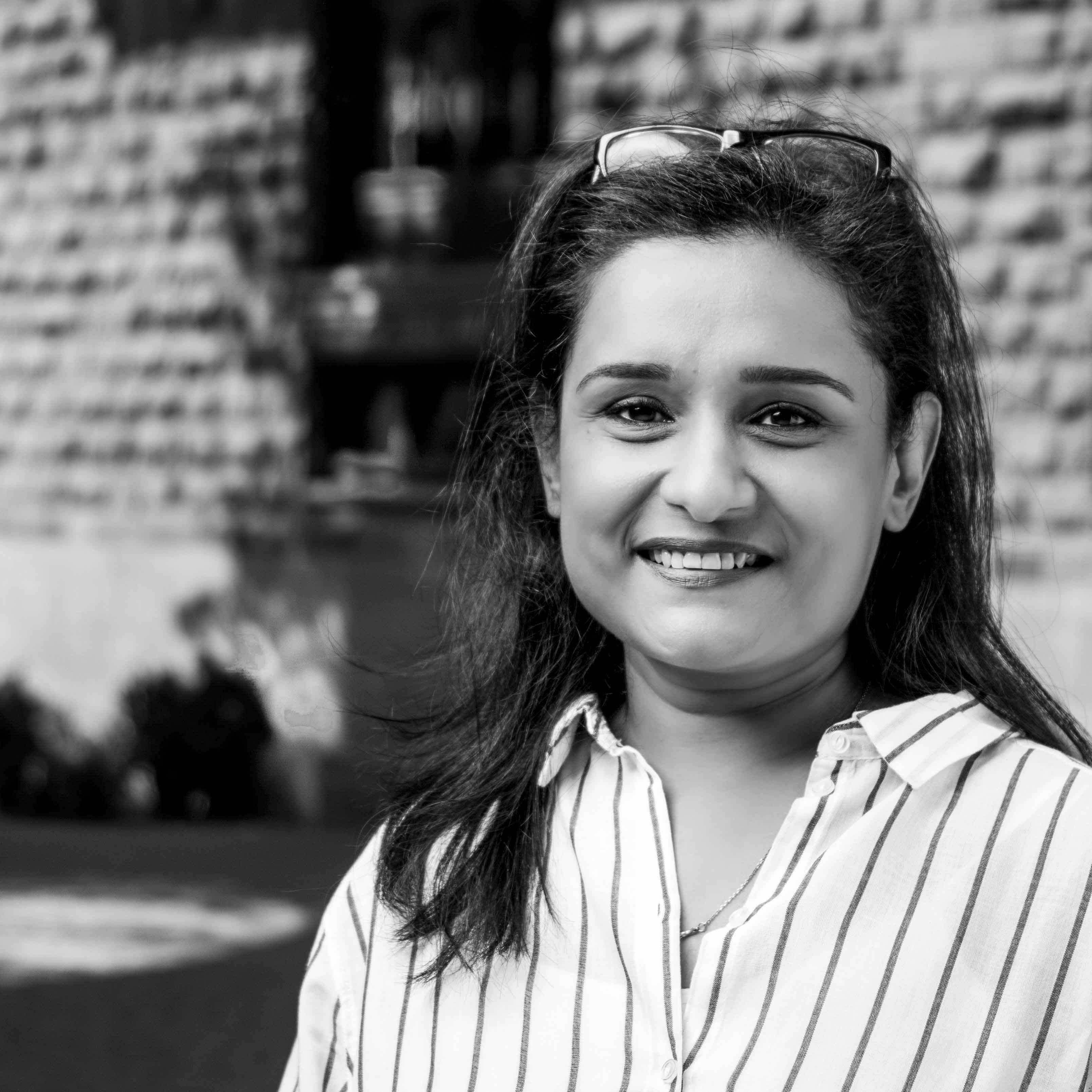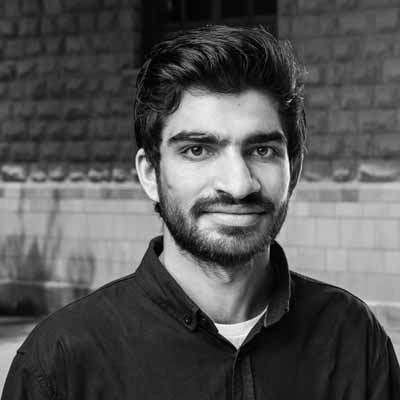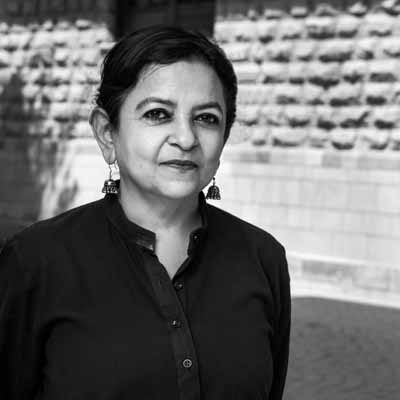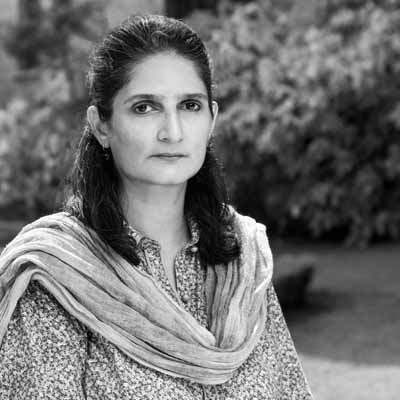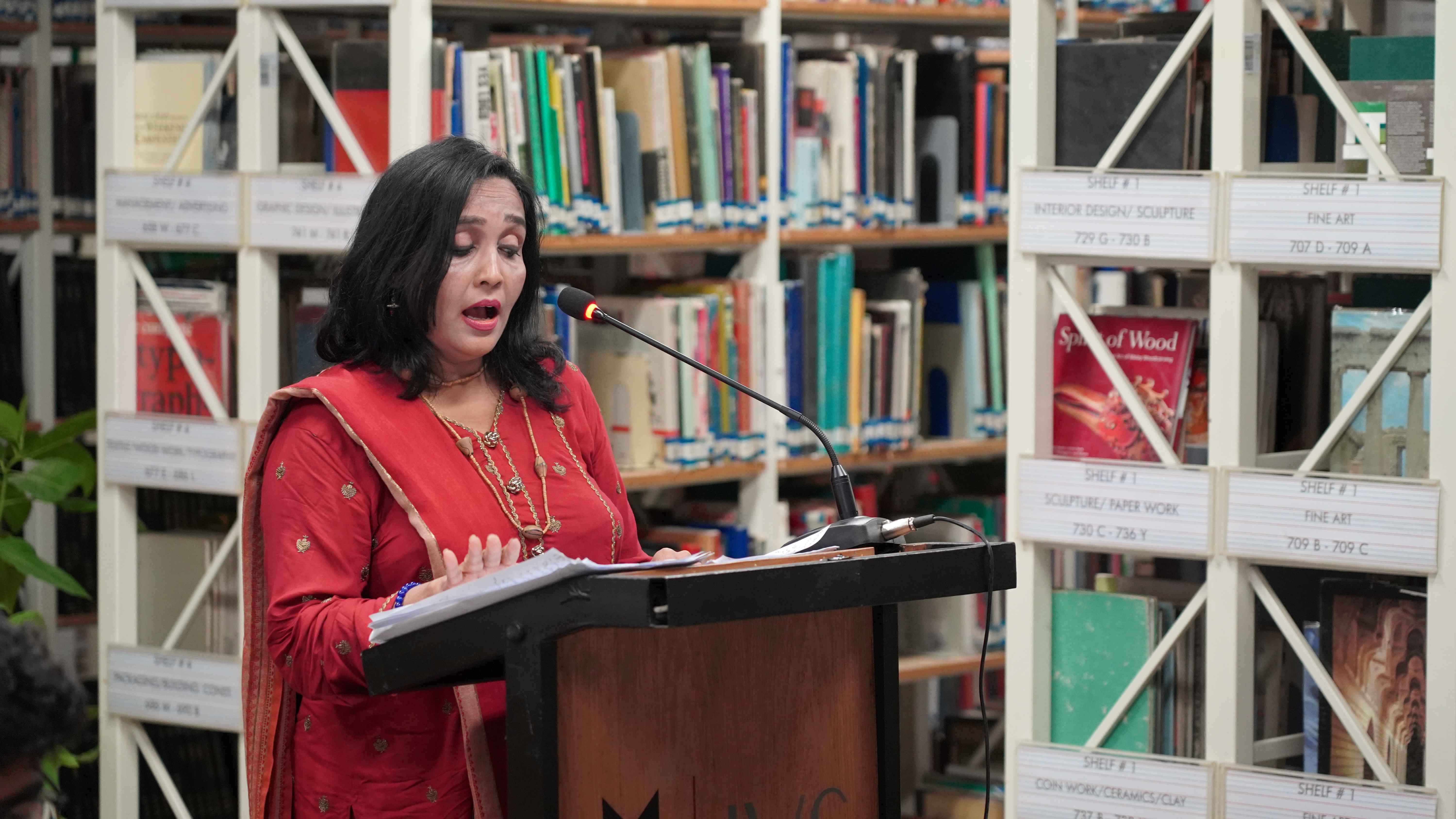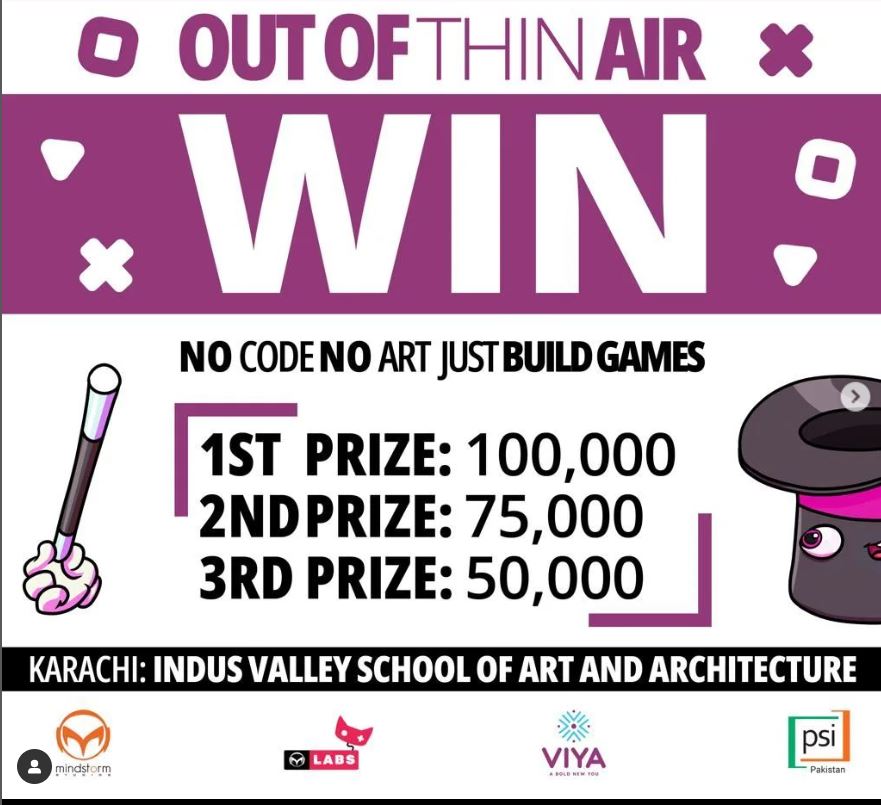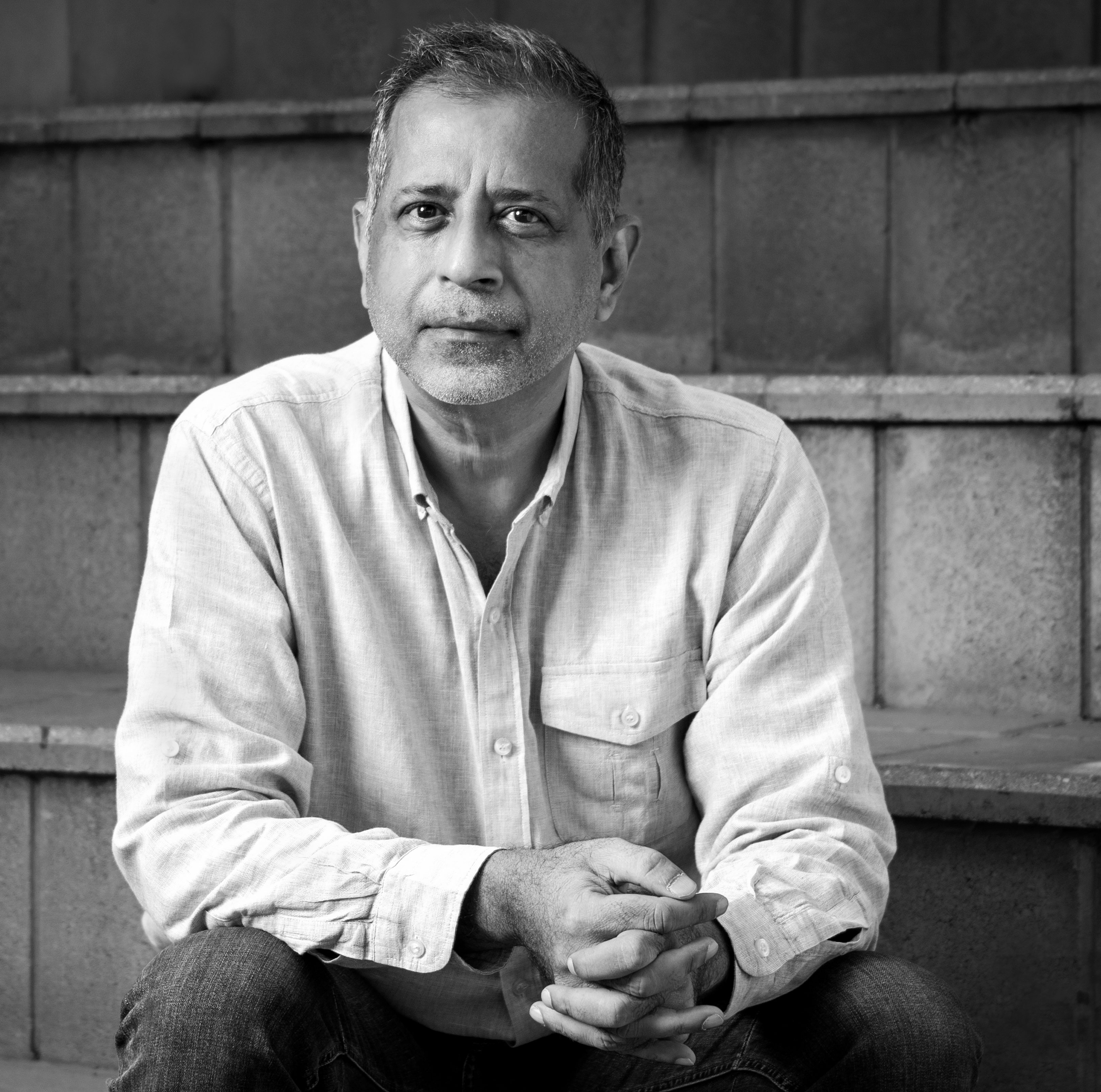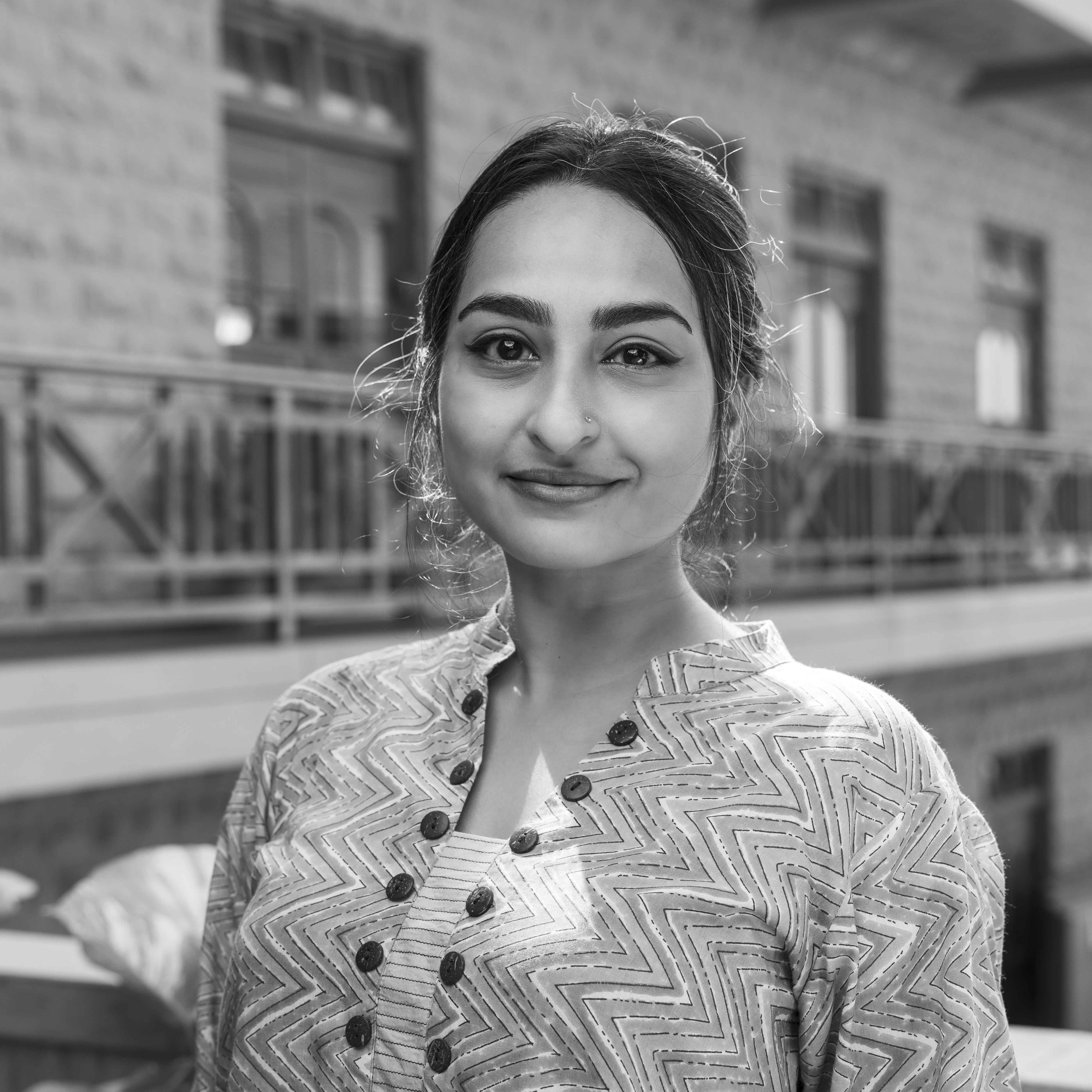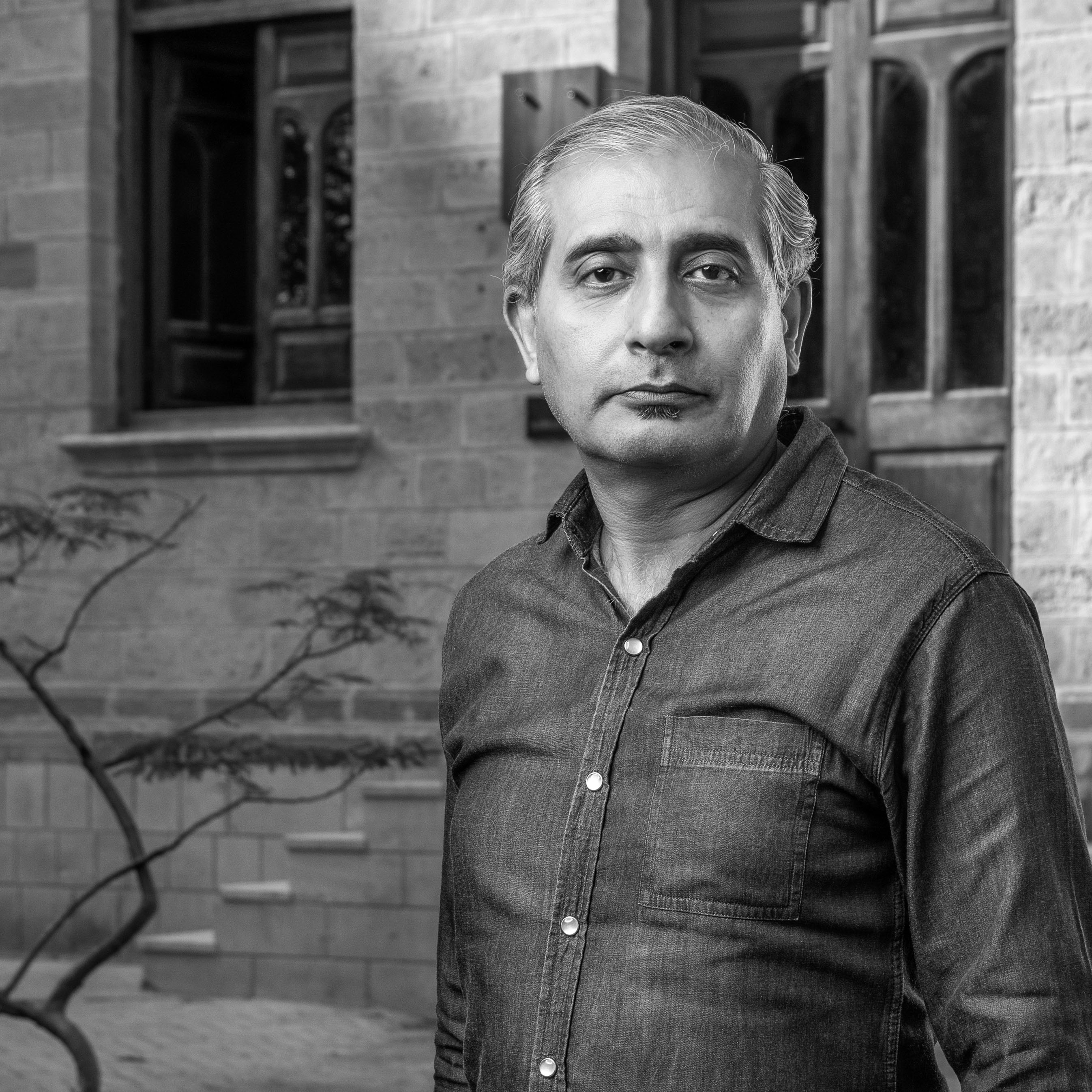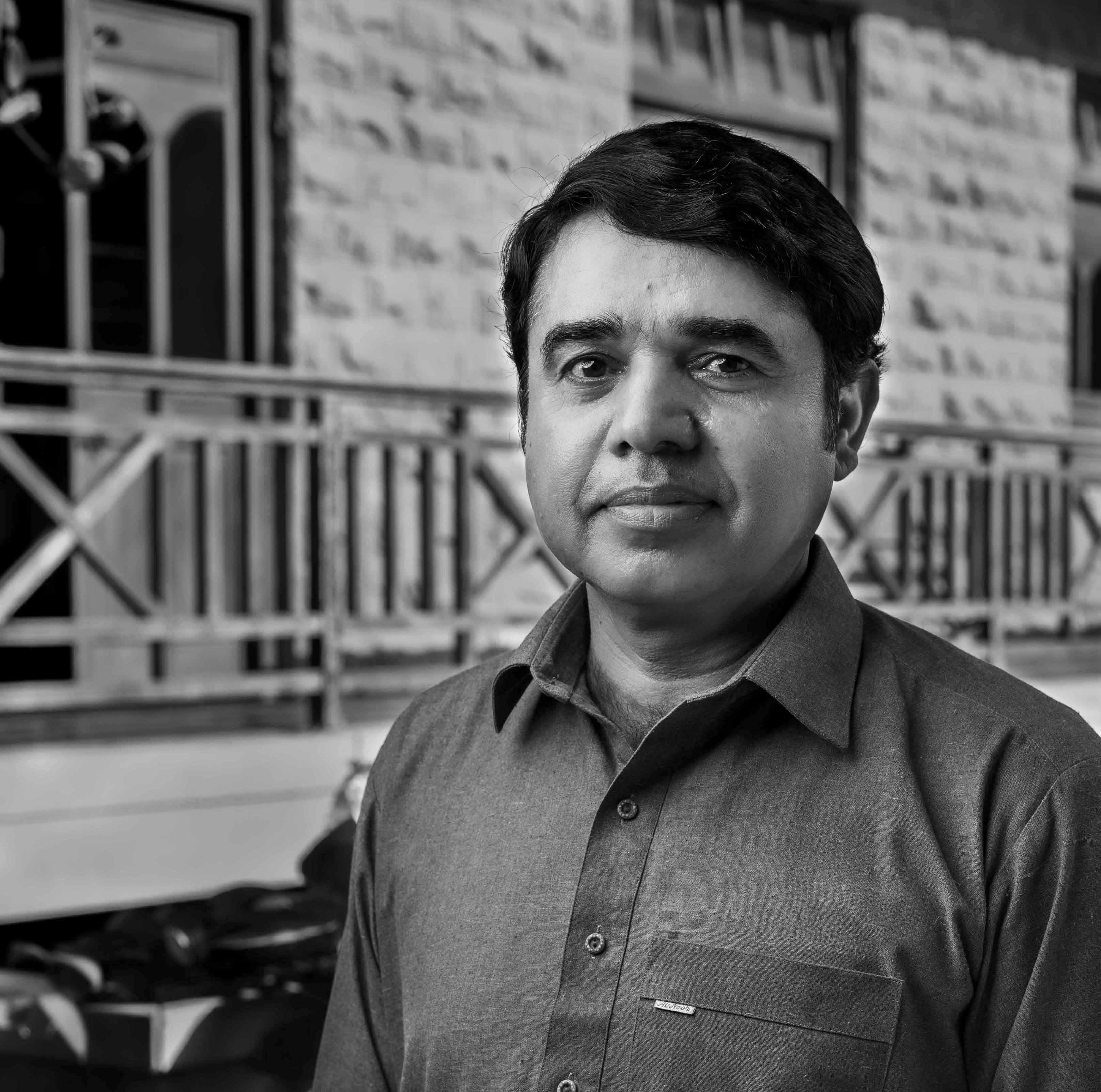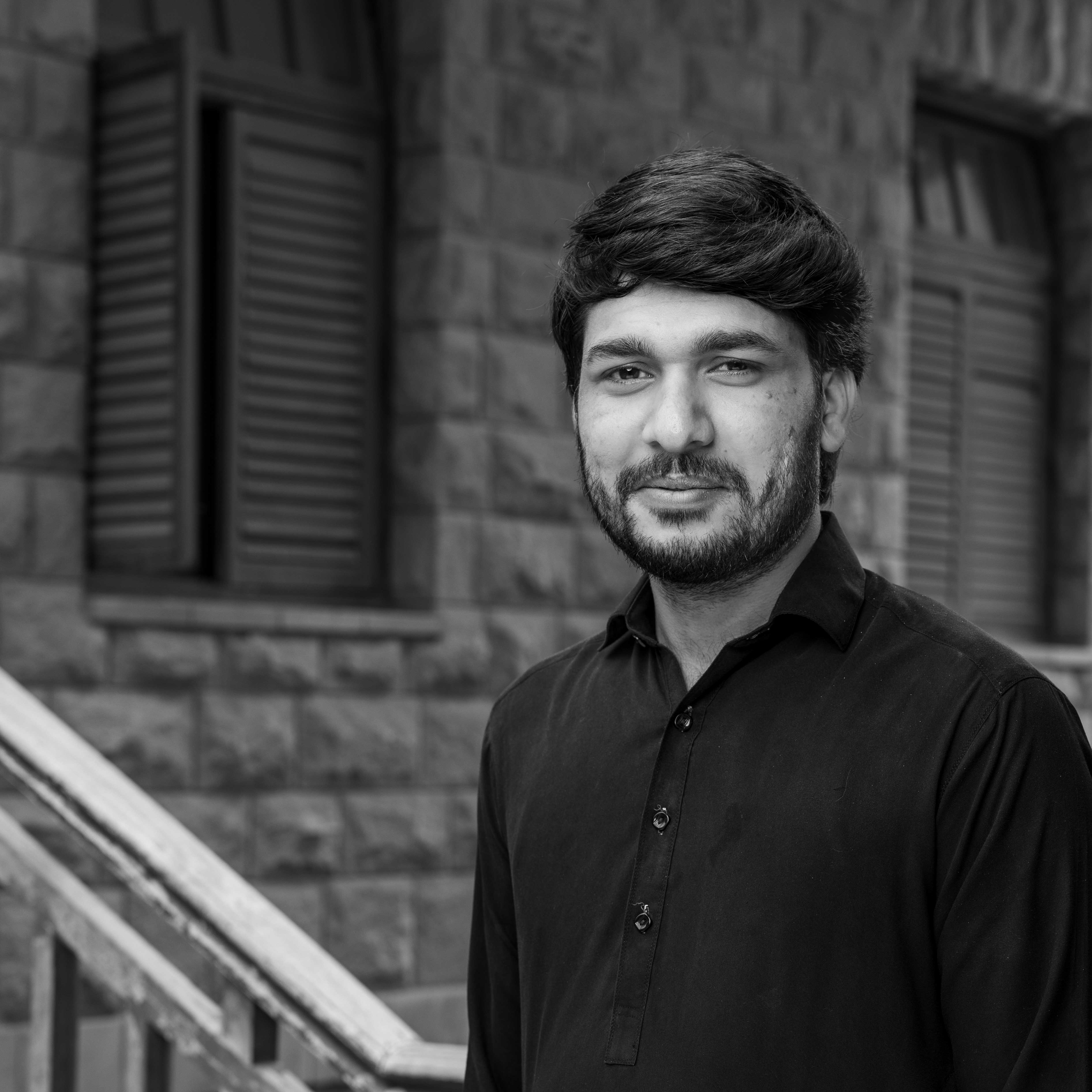See what this programme offers
The Department of Architecture offers a five-year programme of study leading to the Bachelor of Architecture degree. The rigorous programme equips students with a comprehensive and conscientious approach to architectural design, paying particular attention to the observations and analysis of the history, current-day conditions and future of the South Asian context. Its curriculum garners strong critical thinking abilities in order to achieve an informed design ethos. The Programme shares its curriculum with the Liberal Arts Programme, the intersection of which creates a vital bond between parallels of research and practices within the interdisciplinary realm of architecture. The programme provides exceptional expertise over the technological and rhetorical entanglements of architectural design and students are trained to operate in a manner consistent with professional standards and ethical responsibilities. As leaders of tomorrow, this programme prepares them to represent bold solutions, become active problem-solvers and explore a vision that improves society.
| Third Semester | ||
| Course Code | Course Title | Credit Hours |
| AR301 | Architecture Design I: Form, Space and Movement (S) | 6 |
| AR345 | Materializing Space: Building Technology I (T) | 3 |
| AR349 | Analyzing Architecture (T) | 3 |
| LA308 | Islamic and Pakistan Studies (T) | 3 |
| LA354 | Histories of Art, Design and Architecture III (T) | 3 |
| Total Credits: 18 | ||
| Fourth Semester | ||
| Course Code | Course Title | Credit Hours |
| AR401 | Architecture Design II: Site, Programme and User (S) | 6 |
| AR450 | History of Architecture and Human Settlements I (T) | 3 |
| AR451 | Materializing Space: Building Technology II (T) | 3 |
| AR456 | Architecture and the Environment: Place, Identity and Sustainability (T) | 3 |
| LA | Art History/ Visual Culture Elective | |
| LA452 LA493 LA499 | Critical notions of space and place. Tracing Contemporary Art Gender tropes in illustrated manuscripts of the mughal atelier |
|
| Total Credits: 18 | ||
| Fifth Semester | ||
| Course Code | Course Title | Credit Hours |
| AR501 | Architecture Design III: Design in Non-urban Environments (S) | 6 |
| AR550 | History of Architecture and Human Settlements II (T) | 3 |
| AR551 | Materializing Space: Building Technology III (T) | 3 |
| AR535 | Digital Tools for Architects I (L) | 3 |
| LA | Art History/ Visual Culture Elective | |
| LA577 LA548 LA565 | Screening the Body: Gender, Race and Nation in Visual Culture Culture on Display Art in the time of the Raj |
|
| Total Credits: 18 | ||
| Sixth Semester | ||
| Course Code | Course Title | Credit Hours |
| AR601 | Architecture Design IV: Design in Urban Environments (S) | 6 |
| AR650 | History of Architecture and Human Settlements III (T) | 3 |
| AR632 | Integrated Building Systems (T) | 3 |
| AR635 | Digital Tools for Architects ll (L) | 3 |
| LA688 | Karachi: Origin, Evolution and Urban Life (T) | 3 |
| Total Credits: 18 | ||
| Seventh Semester | ||
| Course Code | Course Title | Credit Hours |
| AR701 | Architecture Design V: Comprehensive Building Design (S) | 6 |
| AR747 | Contemporary Urban Theories and Criticism (T) | 3 |
| AR752 | Architectural Theories and Criticism: Since 1900 (T) | 3 |
| AR735 | Digital Tools for Architects lll (L) | 3 |
| LA | General Elective (T): | |
| LA729 LA775 LA766 | Urdu Adab Sustainable Cities and Communities Politics and Power in Literature |
|
| Total Credits: 18 | ||
| Eight Semester | ||
| Course Code | Course Title | Credit Hours |
| AR801 | Architecture Design VI: Correlations between Built and the Open (S) | 9 |
AR853 AR854 | Departmental Electives: Spatial Cities (T) Design for Social Change: Nature, space and built environment (T) | 3 |
| LA812 | Research Methodologies (T) | 3 |
| LA | General Elective | |
| LA884 LA885 LA886 | Digital Media and Cultural Studies Tadjīd and Modernity The Feminine and the Political |
|
| Total Credits: 18 | ||
| Ninth Semester | ||
| Course Code | Course Title | Credit Hours |
| AR943 | Design Thesis l (S) | 9 |
| AR941 | Professional Practice and Project Management Professional Practice: Standards, Ethics and Legal Aspects (T) Introduction to Project Management (T) | 3 |
| LA968 | Final Research Paper (T) | 3 |
| Total Credits: 15 | ||
| Tenth Semester | ||
| Course Code | Course Title | Credit Hours |
| AR1043 | Design Thesis ll (S) | 12 |
| AR1029 | Internship | 3 |
| Total Credits: 15 | ||
Total Credits Semesters 1-2 = 36
Total Credits Semesters 3-10 = 138
Total Credits required for a Bachelor of Architecture Degree = 174
(S=Studio, T=Theory, L=Lab)
STUDIOS
Architecture Design l, ll, lll, lV, V, Vl
AD I: Form, Space and Movement is an introduction to spatial design and thinking. It lays down the foundations for conceptual analysis through small scale explorative design projects. Students are introduced to fundamental architectural elements in order to integrate spatial and formal relationships in the understanding of form and space. Emphasis is on movement and human experience through space and time.
Scale and complexity of studio projects expand in the fourth semester with AD ll: Site, Program and User, in which students learn to construct appropriate design concepts and considerations through analysis of simplified building programmes, site forces, and user requirements. Scale and complexity of studio projects continue to expand in fifth and sixth semester studios.
Architecture Design lll: Design in Non-urban Environments focuses on developing appropriate concepts, informed design decisions, efficient functional relationships, and relevant architectural languages through comprehensive analysis of more multifaceted building programmes, site and contextual forces, and user requirements in non-urban environments. Students are encouraged to use information gained in the coinciding Architecture and the Environment: Place, Identity, and Sustainability course to propose contextually pertinent design solutions.
The objectives of AD IV: Design in Urban Environments develop on the same groundings, but here students propose design solutions in urban Karachi. In each of these two third-year studios, students are also expected to demonstrate understanding of building materials, construction and structures gained through previous and coinciding Materializing Space: Building Technology l, ll, and lll courses.
AD V: Comprehensive Building Design introduces students to complex building programmes with diverse user requirements. Comprehensive analysis and interpretation of building programme, site and contextual forces (physical, social, cultural, economic, political and climatic) and user requirements become a basis for evolving appropriate design concepts, making informed design decisions, and arriving at appropriate design solutions. Emphasis is on integrating advanced structural systems, materiality and construction methods, fundamental building services, life-safety systems and universal accessibility. Special emphasis is on integrating principles of sustainability in efforts to optimize, conserve, and reuse natural resources, provide healthy environments for occupants, and reduce the environmental impacts of buildings. Integrated Building Systems, an advanced building technology course in the previous semester, is exclusively designed to aid thinking in this advanced studio.
AD Vl: Correlations between Built and the Open focuses on arriving at appropriate architectural and urban design solutions to complex issues embedded in highly challenging urban settings and scenarios within Karachi. Interconnections between architecture and urban context are explored at length and the built is viewed as an opportunity to not only improve the quality of life within it, but also improve the quality of life around it. Emphasis is on understanding the responsibility of architects towards the urban domain.
Design Thesis l, ll
Two final-year studios are dedicated to developing and presenting a comprehensive design thesis. In Design Thesis l, students identify an architectural concern, theory, or place of interest, and formulate their own design considerations. They develop ideas through extensive reading, research, and analysis of relevant literature as they articulate potential implications for a design project. Actions pertaining to defining a project (development of programme, selection of site and context, and identification of user group) are shaped by exploration of ideas and analysis of relevant case studies. These actions, in turn, help refine the idea into a theoretical position that eventually shapes the thesis statement. This is followed by an in-depth analysis of the developed programme, selected site and context, and identified user group. Formulation of design objectives follows, and their appropriateness tested through diagramming and study models. These verified objectives provide the basis for development of schematic designs and detailed proposals in the following semester, in Design Thesis ll. At the end of the year, students present their projects to a panel of external jurors consisting of architectural practitioners, academics, and researchers.
LAB
Digital Tools for Architects l, ll, lll
The practices & theories underpinning communication and representation of architectural ideas have expanded significantly during the last three decades, largely driven by the technological possibilities. The primary objective of these courses is to enable students to utilize digital software as tools for representation in a unique way, reflecting upon how these skills will assist them in developing a critical viewpoint of their visual identity. Students will learn to pick up the nuances of digitization, and allow those findings to become the foundation of their work.
Digital Tools for Architects l introduces students to architecture software, including Autodesk AutoCAD, Google SketchUp Pro, and Adobe Photoshop, toward production and representation of digital architectural drawings.
Digital Tools for Architects II explores how a diverse range of methods and processes can be adopted to express originality and creativity through visual presentations as well as tactile outputs. It introduces students to creative applications of the Adobe Suite and Rhinoceros 3D.
Digital Tools for Architects lll will develop a sound understanding of the tools Autodesk Revit and Lumion 3D, by experimenting with these softwares in an unconventional and experimental fashion.
THEORY
Fundamentals of Architecture
This is a non-credit course, offered in the Foundation Year. This course is designed to ease student transition from foundation to second year of study and to familiarize students with fundamentals of architectural design and thinking. FoA introduces students to architectural space, which is both a process and an outcome; a journey that begins with an idea, and is expressed in a physical form and space through the negotiations of the many agents, variables and elements. These agents, variables and elements influence the physical space in numerous ways, and include notions of enclosure, elements of form and space, formal and spatial relationships, site conditions, and design elements including light, material, texture, color, scale, structure, etc to list a few. These are introduced and discussed as vehicles or tools for translating the idea into the physical through the course proceedings.
Analyzing Architecture
This course is to familiarize students with the ideas of thinking and making in architecture. Where architecture is not just the outcome, but the process and the decisions that lead to it. Some questions that will guide the coursework are: What is Architecture? How do we begin to understand it? Do we understand it through the need that inspired it and the evolution of that need in society? How do we think about ourselves and the space that surrounds us? How should we think about ourselves and the space that surrounds us? How do we understand the intention in/of architecture? In exploring these questions the course will break down architecture into its many parts as explored by various authors. The themes explored will include but not be limited to, origins of architecture, architecture as place identification, and architectural language understood through basic elements, modifying elements, ordering principles, basic materials and construction methods, metaphors, and response to climate. Some questions that will extend the coursework are: Who are architects? What role do they play and what role have they played? Who were the architects before us? Who will be the architects after us and what role will they play? It will be looking at various movements, architects, and projects. The course employs review and analysis of secondary literature as well as test out certain concepts through experiments.
Architecture and the Environment: Place, Identity, and Sustainability
Architecture does not float in a vacuum. It exists within a particular environment. These physical realities can be termed as a place, i.e. a specific area or region of the world. By its very existence, architecture can significantly influence and define our physical realities - both natural and man-made. The relationship between architecture and place, however, is far more complex. Because architecture carries the capacity to influence and define place, it is imperative for place to influence and define architecture as well. If not, architecture can leave severe consequences on our surroundings, and the life they entail. This semester-long course investigates these complex relationships. Emphasis is on knowns, unknowns, insights, ideas, conceptualizations, that shape the identity of natural and man-made places, and how this understanding can serve as a foundation for arriving at place-specific and context-sensitive architectural solutions that can positively influence and define the physical, social, and environmental fabrics of our physical realities. Students are also introduced to social and cultural dimensions of sustainability, and sustainable design as a conscious approach to energy conservation, minimizing negative impacts of buildings on the environment, and maximizing occupant comfort within buildings.
Materializing Space: Building Technology l, ll, lll
Centring the relationship between design and construction, these three building technology courses are offered over three successive semesters, beginning in the third and concluding the fifth. Together, they introduce students to technologies appropriate to the production of buildings of varying scales and complexities. Study visits to construction sites are integral to course proceedings and provide students with opportunities to experience practical application and behavior of various building materials, construction methods and structural systems discussed in class.
History of Architecture and Human Settlements l, ll, lll
These history courses are offered over three successive semesters, beginning in the fourth and concluding in the sixth, and following the Histories of Art, Design and Architecture courses offered by the Liberal Arts Programme. Together, these three courses introduce students to the evolution of architecture and human settlements from prehistoric to contemporary times. Emphasis is on understanding how significant events, styles, architects, buildings and other factors influenced various cultures to produce the architecture and the built-environment of their times. It is a chronological survey of art and architecture of the world, taught from an architectural rather than an art-historical perspective. The history courses aim at familiarizing students with proper social sciences vocabulary and theoretical tools, which are in turn used to develop a perspective of human civilization split into prehistoric times up to 200 AD, 200 CE to approx. 1200 CE, 1900 CE to approx. 2000 CE.
Integrated Building Systems
This course is envisioned to allow the students to analyze a work of architecture as an amalgam of multiple engineered systems. These include structural, electrical, and mechanical. It emphasizes the need to think of architecture as a “machine” whose efficiency must be developed owing to the multiple contextual, regional, and even global challenges that architecture is faced with. As the culmination of the stream technical courses, this course aims to help students integrate their knowledge of all the engineering systems to become better designers and also astute observers / interpreters of architectural challenges in our immediate and global setting.
Contemporary Urban Theories and Criticism
This course will first address the historical evolution of the city to understand “the urban”. It will then continue to understand and analyze the contemporary urban theoretical perspectives as well as the dilemmas that present themselves in the process. The course begins by examining the idea of urban theories and criticism, its limitations and an overview of the theories. It then continues to examine the foundations of the concepts of selected urban theories – through texts by geographers, political scientists, sociologists, scientists, and engineers. The selected themes that will be examined are, Origins of Cities, Industrial era, and the Modern city, Right to the City, Gendered City, Planetary Urbanization, Informality and Urbanization in the Global South, the Anthropocene and Urban tinkering. Throughout the course the students will be asked to reflect on their own experiences – in Karachi and elsewhere to challenge theory, as well as be introduced to literature on Karachi regarding the themes. It will address the deepening social, economic, and ecological inequities through themes that examine relationships between humans as well as between humans and the rest of biodiversity.
Architectural Theories and Criticism: Since 1900
This course is a chronological survey of art and architecture of the world, taught from an architectural rather than an art-historical perspective. This course aims at familiarizing students with proper social sciences vocabulary and theoretical tools, which are in turn used to develop a perspective of human civilization, especially with regards to material culture and history, ranging from about 1900 CE to approx. 2000 CE.
Professional Practice: Standards, Ethics and Legal Aspects
The course provides students with an overview of architectural practice. It familiarizes students with the diverse roles and responsibilities of the architect. It encourages an awareness of social, ethical and professional obligations of the architect. Students are introduced to various stages of an architectural project. Topics include relationship between architects, clients and contractors; significance, types, making and management of contracts; statutory bodies and professional associations; employment, forming partnerships and initiating an architectural practice.
Introduction to Project Management
Project Management is an essential skill-set for long term professional growth and various contexts we may be situated in in the future. Projects, whether large or small, individual or group, short term or long term, can be managed effectively through the application of key management fundamentals and processes and utilization of specific skills. While Professional Practice focuses on the specific roles, relationships, and ethics of the profession; Project Management teaches you how to deliver a project successfully. This course will also prepare students for post-graduation requirements to enter the workforce.
ELECTIVES
Reading the City – through the lens of Karachi
‘Reading the City’ is a broad-ranging course that attempts to trace the historic and physical transformations of the city of Karachi, using different temporal moments as a lens for the urban, architectural, physical and social development of the city. By tracing changes in ways discourses and practices responded to ongoing political and economic ruptures, social, cultural and environmental changes, patterns of governance and their ensuing disruptions, the course will enable students to build an understanding of how architecture and city building has reacted and responded to these ever evolving patterns.
Spatial Cities
Spatial Cities aims to introduce architecture students to the idea and the concepts of land as the fundamental layer that determines the course of our relationship with the planet. With a focus on urban land, it will explore how in our everyday practice land becomes the main reference through which space is understood. It will survey and investigate concepts of land tenure and land ownership, as well as explore land management and development tools as modes of thinking for their viability as potential responses to urban problems.
PRACTICAL TRAINING
Internship
The internship program is aimed at introducing students to the requirements, activities and operations involved in working in architectural, spatial development and construction practices. The purpose is to enable and encourage the involvement of students in professional attachments, in order to develop an understanding of the general nature, principles, processes and procedures applied to projects in terms of idea formation, design development, documentation, implementation and reflections. The internship provides an opportunity for students to experience a working environment and harness their skill depending on the level of architectural study they are at. It is mandatory for students to complete twelve weeks of internship during the summer of third and fourth years of study. Students are to engage in internships at architectural firms, planning consultancies, research labs or trans-disciplinary agencies.
Message from the Head of Department
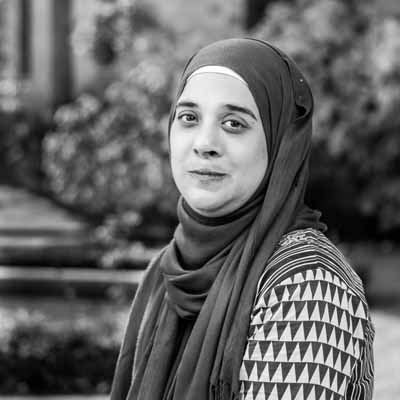
Dr. Suneela Ahmed
Head, Department of Architecture
The Department of Architecture at IVS was initiated in 1990. More than three decades later, today is boasts to offer one of the most stimulating, exciting and invigorating B.Arch degree within the country. The course aims to instill creative thinking within the students while familiarizing them with contextual realities, architectural pedagogies and associated technical knowledge.
The various theoretical streams of architectural history, building services, digital technologies, environment and numerous liberal arts courses offered at the Department are focused on departmental integration, while encouraging connections with the larger context of Karachi and with similar cities of the global south. The intellectually charged environment of the Department, supported by the vibrant community of teachers, staff and students offers space for individual expression, which is facilitated by various on and off campus opportunities. The Department seeks to prepare students to be thoughtful designers, problem-solvers, critical thinkers and leaders of tomorrow who are able to develop networks, innovate, experiment and question established boundaries and norms.
The consistently evolving curriculum and pedagogy of the Department aims to run parallel with various global evolutions, bringing to design studios international architectural debates and design philosophies, while trying to encourage students to push the building envelopes and create physical, social and ecological connections with urban and regional scales as well.
